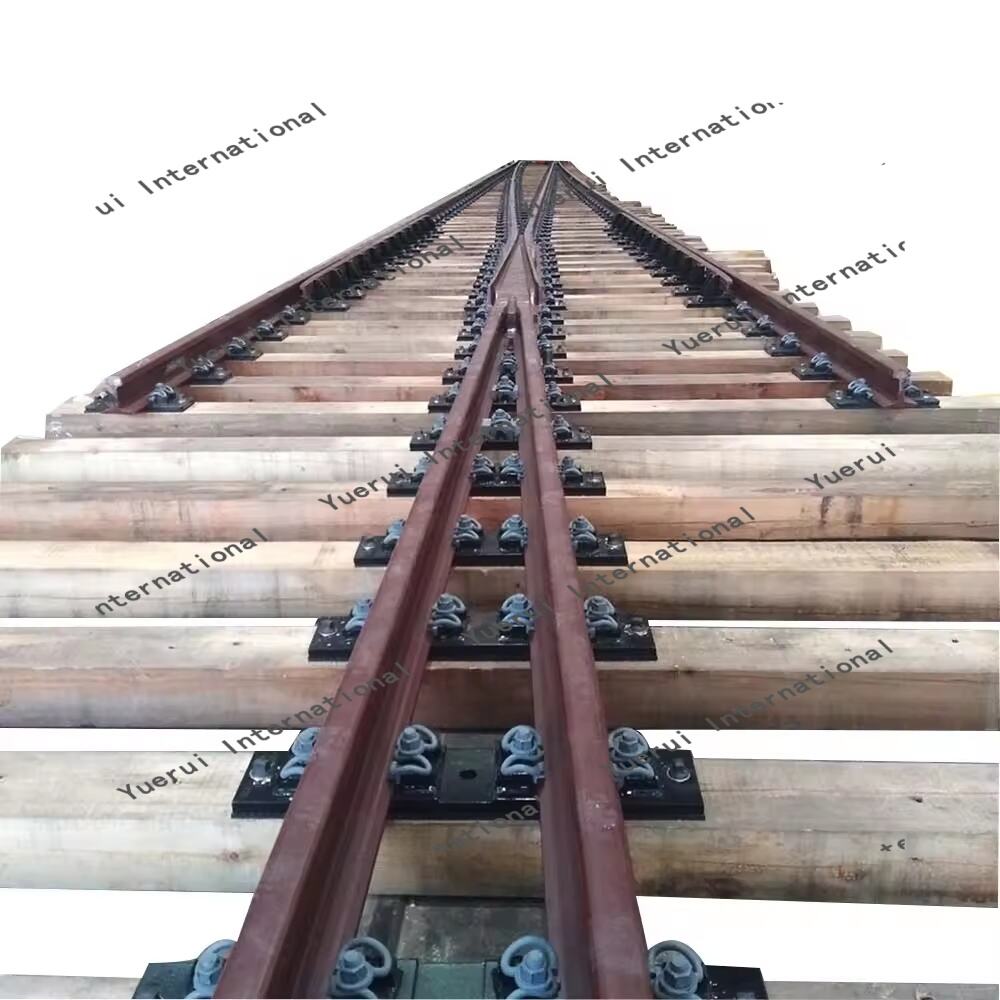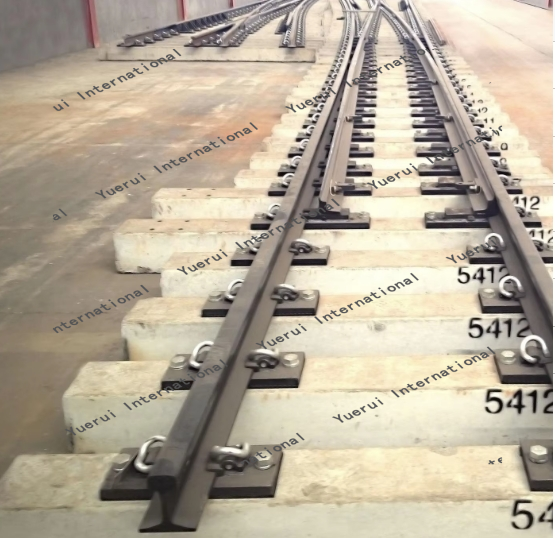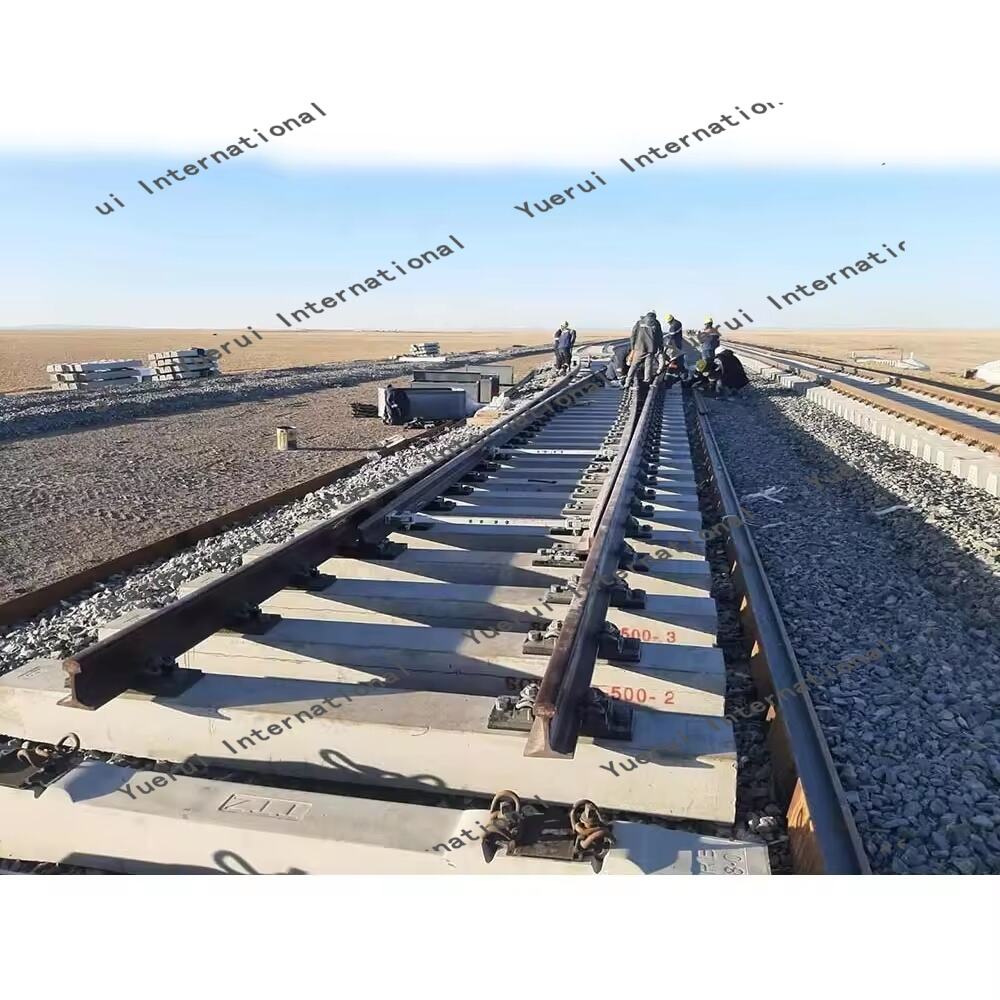ohe turnout in railway
The OHE (Overhead Equipment) turnout in railway systems represents a crucial component of modern electrified rail infrastructure. This sophisticated system manages the transition of pantographs between different overhead contact lines at track junctions and crossings. The OHE turnout consists of several essential components, including the main runner, turnout runner, and various suspension assemblies that ensure smooth power transmission to trains. The system incorporates advanced mechanical designs that allow for seamless electrical contact maintenance during track changes, operating at speeds up to 160 km/h in most applications. The turnout system features specialized insulators, tension arrangements, and contact wire configurations that work together to maintain consistent power supply during train movements. Modern OHE turnouts are equipped with automated switching mechanisms and monitoring systems that enhance operational reliability and reduce maintenance requirements. These systems are designed to withstand various weather conditions and provide consistent performance across different seasonal changes. The integration of smart sensors and diagnostic tools allows for real-time monitoring of wear patterns and potential issues, enabling predictive maintenance approaches that minimize service disruptions.


